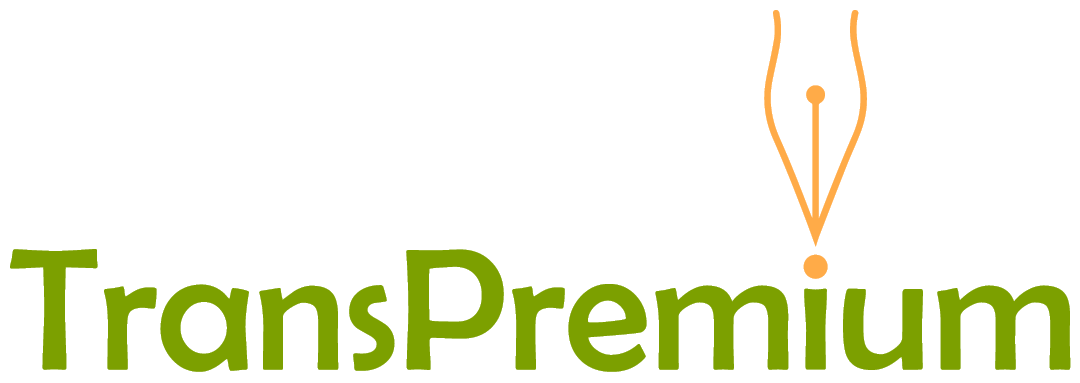
How to Plan Your eLearning Strategy for an International Staff
*This is a guest post by Rachel Wheeler from Morningside Translations
Over the last decade, we have seen incredible growth in the number of companies that are deploying eLearning solutions to train staff members and teach them new skills. We already see over 40% of the world’s largest companies use eLearning, and the industry is only expected to continue its growth in the coming years.
For companies that have an international workforce, eLearning offers some of the best resources for training employees from a diverse range of countries and cultures. With this method, materials can be developed in a way that is cost effective. Additionally, the flexibility of the platforms and systems make it easy to adapt courses and materials for employees in different places.
While eLearning is well suited to the needs of companies that have an international workforce, there is the need to plan a globalization strategy for your materials. By thinking ahead and planning for a multilingual staff, you can develop materials with an eLearning translator that will make them easier to adapt to different markets. This can then reduce the overall time and expense that go into deploying global training programs.
Content Strategy
The first step in a globalization strategy is to plan for the types of content you are going to develop and the level of adaptation that the content is going to need. When developing media, you have to consider options like written content, audio and video content, and gamification.
You need to evaluate the exact purpose of the eLearning program: what you want the employees to learn and the business goals that the training is supposed to fulfill. Along with that, you need to consider the types of media that will work best for your audience.
Globalization Strategy
Once you have your content requirements and the level of adaptation that is going to be applied, you can start working on the specifics of your globalization strategy. This will include things like the technology that is going to facilitate the learning, the instructional strategy, and planning for the translation of the content.
For instructional strategies, you are going to want to look at methods that are going to work well across a broad range of different cultures and languages. You may also need to consider different regulatory concerns that may apply to some of the different markets in which the program is to be deployed.
Technology is another important consideration. Different technologies offer different benefits for certain types of learning, and you may need to account for technical limitations that may exist in some of the places where the program is going to be used.
You’ll also need to plan for translation. To do this, you will want to develop content that is translation-friendly. As an example, if you are using video eLearning to train your employees, you are going to want to consider different ways that the video could be adapted for different markets. This would include decisions like whether to dub the video in to different languages or use subtitles. You may also want to consider the benefits of using animation instead of live actors.
Creating a Global-Ready Course
Now that you have a globalization strategy, you can start developing the base content that is going to be adapted for the different regions. The primary goal at this stage is to create courses that can be easily adapted for the use of training programs in different regions.
When developing the content for the courses, you want to avoid using culturally specific references. You also want to make an effort to design the base content in a way that is neutral and maintains a high level of flexibility in the design. This will make it easier to adapt it for the different groups that will need it.
The learning content should be as simple as possible. Use clear language that is direct and to the point. If there is any ambiguity in the media you’re using as your original foundation, it can hinder the translation process. As a result, this could add time and expense to the translation process.
With your base content developed, it is time to hand the materials over to your translation partner. Work with your language service provider to develop standards and protocols for the translation process. Try to develop things like style guides and glossaries for the content and build a plan for checking the results and providing feedback.






